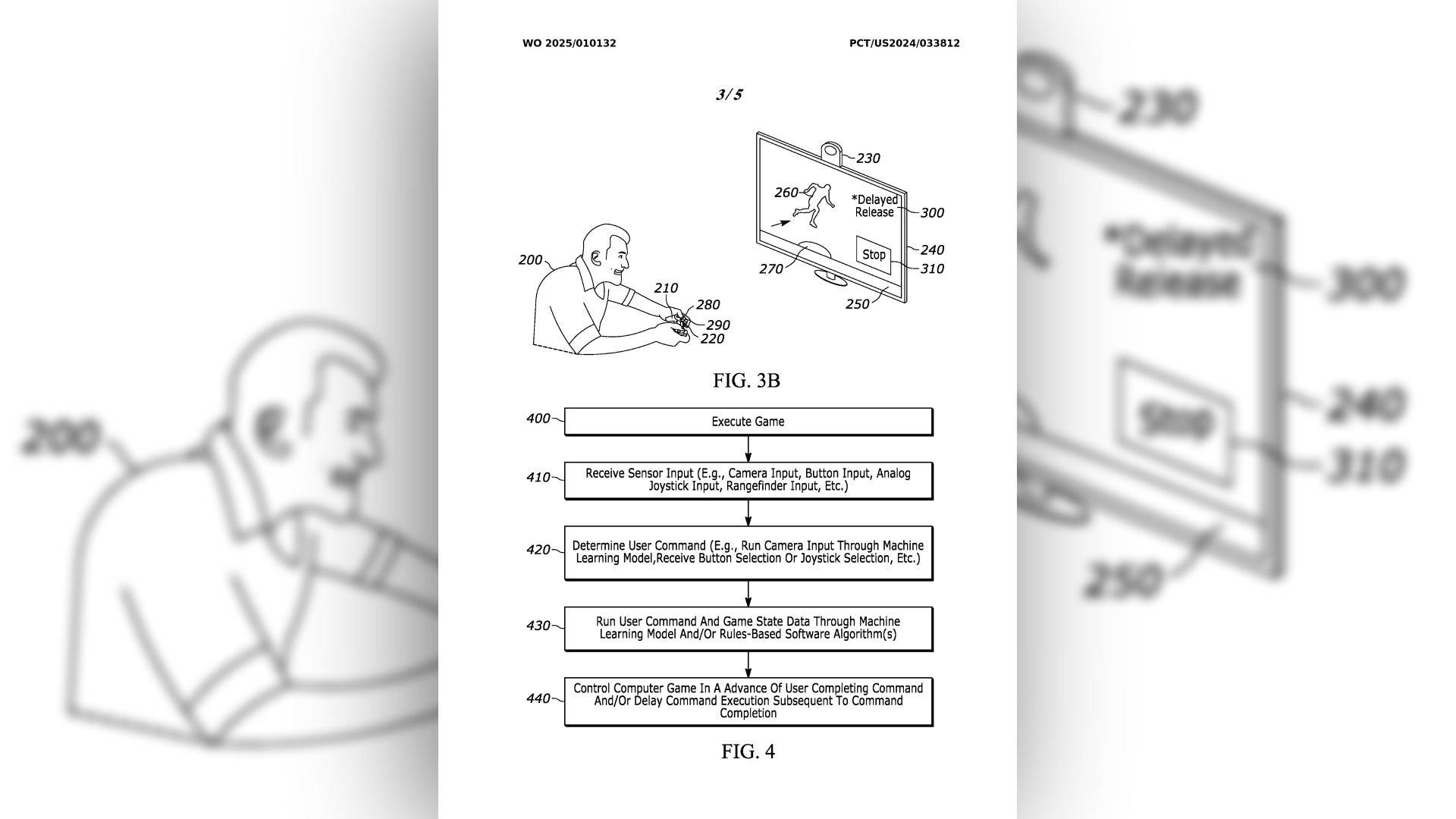Sony Patent Unveils AI-Powered Smart Buttons
- By Noah
- Feb 20,2025
Sony's New Patent Aims to Reduce Gaming Latency with AI and Sensor Technology
A recently filed Sony patent reveals a potential solution to reduce input latency in future gaming hardware. The patent, titled “TIMED INPUT/ACTION RELEASE” (WO2025010132), focuses on predicting user inputs to minimize delays between command input and execution. This is particularly relevant given the increased latency often associated with advanced graphics technologies like frame generation.
Current solutions from AMD (Radeon Anti-Lag) and Nvidia (Nvidia Reflex) address this issue, and Sony appears to be developing its own approach. The patent describes a system using a machine learning (ML) model to predict the next user input. This prediction is aided by an external sensor, potentially a camera monitoring the controller, to anticipate button presses. The patent explicitly mentions using "camera input as an input to a machine learning (ML) model." Alternatively, the sensor could be integrated into the controller itself, possibly utilizing analog button technology.

Sony acknowledges the existing latency problem: "there can be latency between the user's input action and the system's subsequent processing and execution of the command," leading to delayed execution and negative impacts on gameplay. The proposed AI-driven prediction system aims to mitigate this by anticipating player actions.
While the patent's implementation in the PlayStation 6 is uncertain, it demonstrates Sony's commitment to minimizing latency without sacrificing responsiveness. This is especially important considering the rising popularity of frame generation technologies like FSR 3 and DLSS 3, which inherently introduce additional latency. The benefits would be particularly noticeable in fast-paced games requiring both high frame rates and low latency, such as first-person shooters. The ultimate application of this technology in future hardware remains to be seen.
Latest News
more >-
-
-

-

- Fist CCG Duel Best Heroes in 2025
- Dec 21,2025
-




